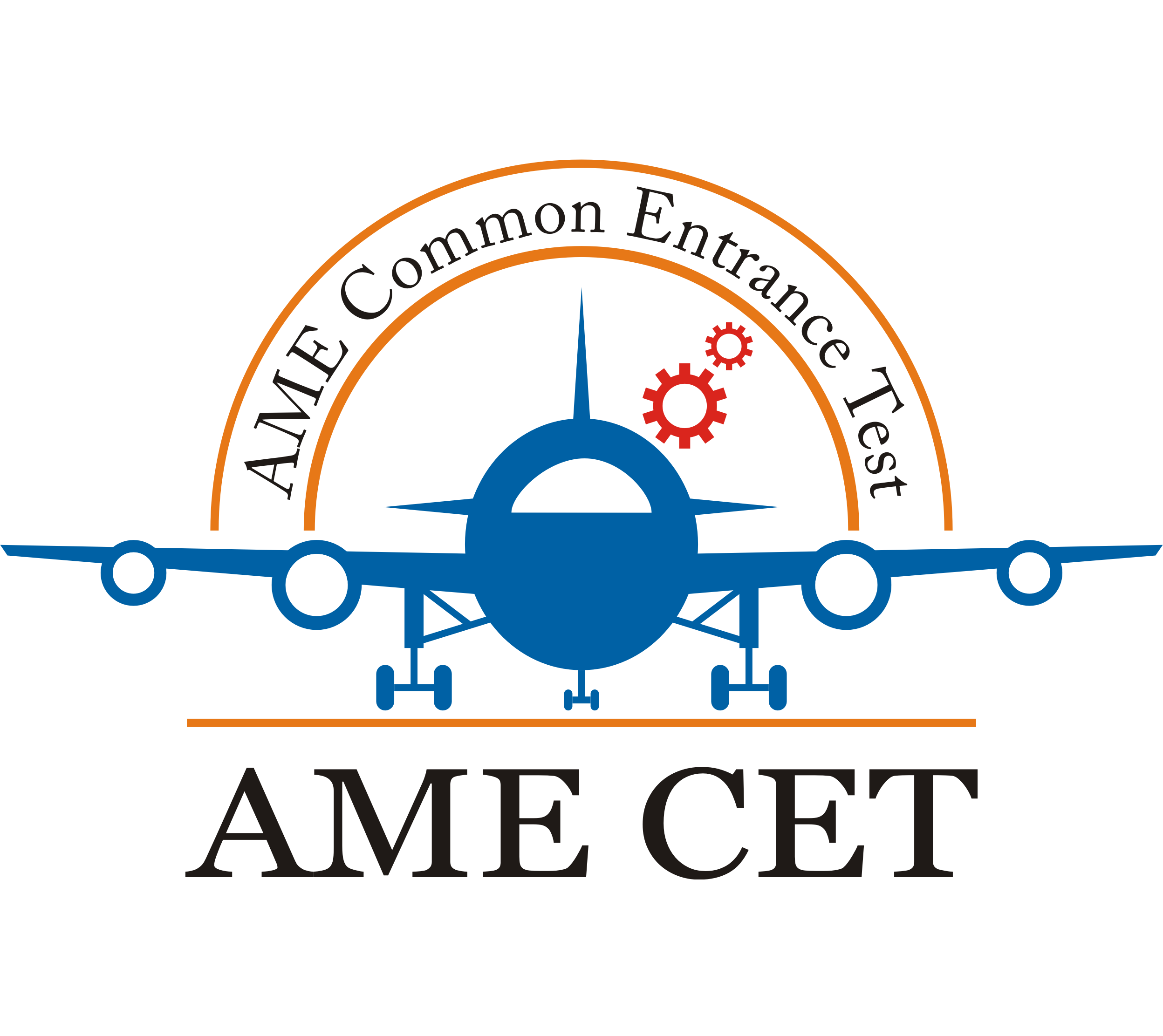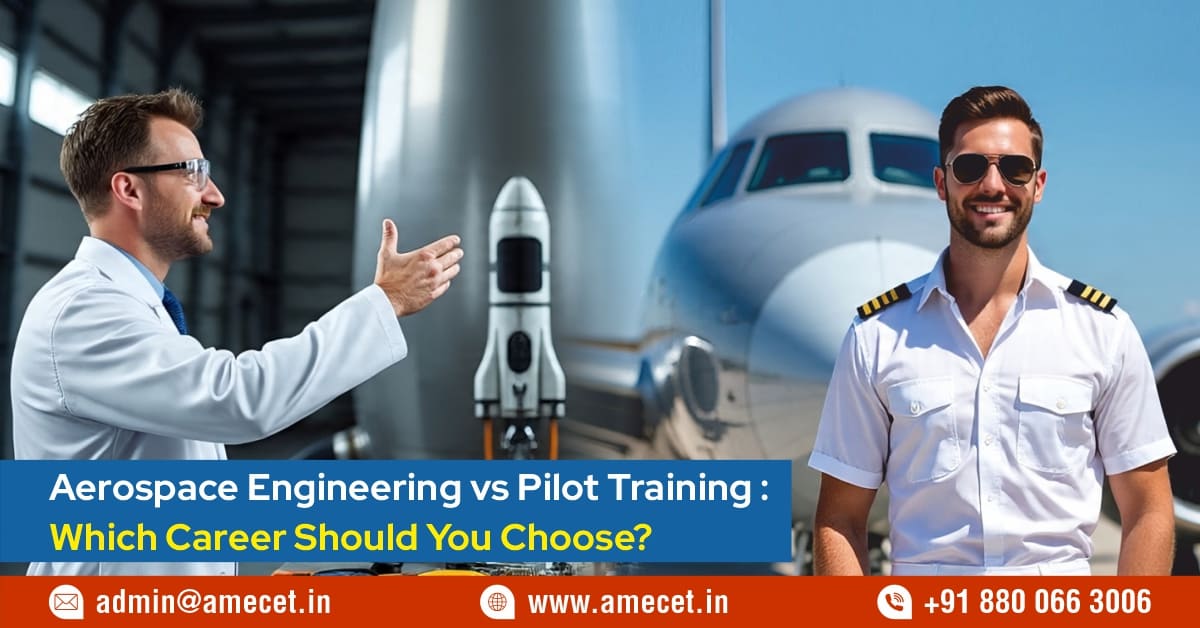Aerospace Engineering vs Pilot Training: Which Career Should You Choose
Posted on : 26 August, 2025 5:41 pm
When thinking about careers in aviation, two common choices are Aerospace Engineering and Pilot Training. Both are connected to airplanes, space, and the aviation industry, but they are quite different in the type of work, skills required, and job opportunities. Knowing these differences can help you decide the right career path after 12th.
What is Aerospace Engineering?
Aerospace Engineering is a branch that deals with designing, developing, and maintaining aircraft, spacecraft, rockets, and satellites. Students learn about aerodynamics, propulsion, avionics, structures, and space systems. In the beginning, the field mainly dealt with challenges related to flying in the atmosphere and outer space.
Career Options: For aerospace engineers, working in organizations such as ISRO, DRDO, HAL, Boeing, Airbus, and Airlines in research, design, testing, and production is a possibility.
Eligibility: After completion of 12th (with PCM), students can pursue B.Tech/B.E. in Aerospace Engineering through JEE Main, JEE Advanced, AME CET exam, or various state/university-level entrance examinations.
What is Pilot Training?
Pilot Training focuses on learning to fly aircraft safely and professionally. A pilot operates passenger planes, cargo planes, or defense aircraft, ensuring safe navigation and control of the aircraft.
Types of pilots:
- Commercial Pilot (CPL)—Fly passenger or cargo airlines.
- Defense Pilot—Fly fighter jets, helicopters, and military aircraft.
- Private Pilot—Fly for personal or small-scale commercial purposes.
Eligibility: Students need to complete 12th with Physics and Mathematics and clear a medical test. Pilot training is offered by DGCA-approved flying schools in India and abroad.
Key Differences Between Aerospace Engineering and Pilot Training
| Aspect | Aerospace Engineering | Pilot Training |
| Nature of Work | Design, develop, test aircraft & spacecraft | Fly and operate aircraft safely |
| Duration | 4 years (B.Tech/B.E.) | 18-24 months (CPL training) |
| Eligibility | 12th PCM + Entrance Exam | 12th PCM + Medical Fitness |
| Skills Needed | Technical, analytical, problem-solving | Flying skills, quick decision-making |
| Career Options | ISRO, DRDO, HAL, Boeing, Airbus, airlines (R&D, design, testing) | Airlines, cargo companies, defense forces, and private aviation |
| Salary Range | ₹4-15 LPA (higher with experience) | ₹8-20 LPA (depending on airline and experience) |
| Focus | Science & technology of aviation/space | Operating aircraft and ensuring safe flights |
Which One Should You Choose?
- Choose Aerospace Engineering if you are passionate about technology, innovation, aircraft/spacecraft design, and research.
- Choose Pilot Training if you love flying and traveling and want to be in the cockpit controlling aircraft. • Both careers are highly respected and rewarding, but they require different interests and skill sets.
Aerospace Engineering and Pilot Training are both exciting careers in the aviation field, but they are very different. If you enjoy building, designing, and working with aircraft and spacecraft technology, Aerospace Engineering is the right path. If you love flying and want to be in control of an aircraft, Pilot Training is the better choice. Both offer good growth, respect, and opportunities, so the best career depends on your passion and interests.

